In the realm of transporting goods, the safety and efficiency of semi-trailers are paramount. One of the most critical components ensuring this safety is the air brake system. This article is designed to provide an in-depth understanding of how air brakes function on a semi-trailer, offering insights into their mechanics, advantages, and maintenance.
What Are Air Brakes?
Air brakes are a type of braking system that uses compressed air to apply force. Unlike hydraulic brakes, which rely on fluid pressure, air brakes utilize the principles of pneumatic pressure to initiate braking. This system is particularly advantageous for larger vehicles like semi-trailers, where the weight and load require a more robust braking mechanism.
Key Components of Air Brake Systems
To fully appreciate how air brakes function, it’s essential to be familiar with their components:
| Component | Description |
|---|---|
| Air Compressor | Generates compressed air from the engine’s power. |
| Air Reservoir | Stores compressed air for immediate and distributed use. |
| Brake Chamber | Converts air pressure into mechanical force. |
| Relay Valve | Regulates air flow and pressure to the brakes. |
| Foot Valve | The control mechanism for the driver’s braking action. |
| Slack Adjuster | Adjusts the distance between the brake shoes and drums. |
| Brake Shoes | Friction components that press against the drum to create stopping power. |

The Mechanics of Air Braking
The air braking process can be broken down into specific phases, providing clarity on how each element of the system interacts:
1. Air Compression
The air brake system begins with the air compressor. When the vehicle is in operation, the engine powers the compressor, drawing air from the atmosphere and compressing it. This compressed air is then directed into the air reservoir.
2. Air Storage
The air reservoir plays a pivotal role, storing the compressed air until it is required. Under normal circumstances, the air pressure is maintained between 90 to 120 psi. Safety mechanisms, such as pressure relief valves, are in place to prevent excessive pressure buildup.

3. Braking Activation
The driver initiates the braking process by pressing the foot valve. This action releases pressurized air from the reservoir into the brake chambers located on each wheel. The brake chamber contains a diaphragm that separates the air pressure from the atmosphere.
4. Force Application
When the air enters the brake chamber, it presses against the diaphragm, which moves a push rod. This mechanism translates air pressure into mechanical force. The push rod then engages the brake shoes, pressing them against the brake drum.
5. Friction and Stopping
As the brake shoes make contact with the drum, they create friction, which slows the rotation of the wheel. The effectiveness of this process depends greatly on the condition of the brake shoes and drum, as well as the amount of air pressure applied.
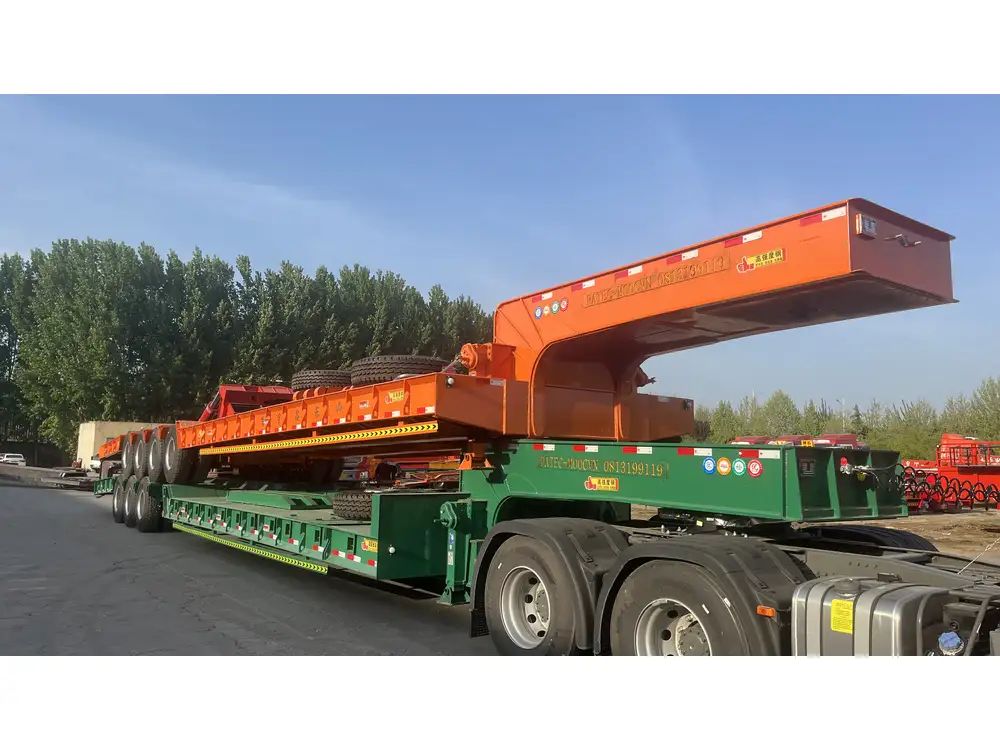
6. Releasing the Brakes
To release the brakes, the driver simply releases the foot valve. At this point, the pressure in the brake chamber diminishes, allowing the springs to retract the brake shoes away from the drum, readying the system for the next application.
Advantages of Air Brake Systems
The utilization of air brakes on semi-trailers presents numerous benefits:
Enhanced Safety
Air brakes provide a more consistent and reliable stopping power compared to hydraulic systems, especially under heavy loads. They are less prone to overheating and can be easily maintained, ensuring optimal performance.
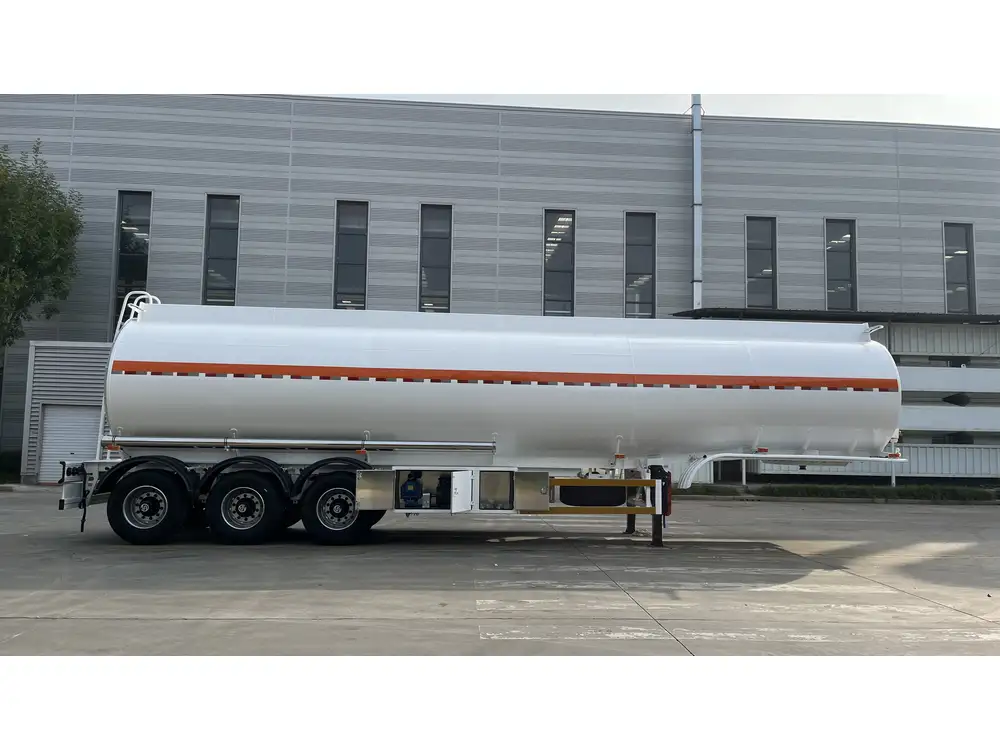
Stability Under Load
In situations where a semi-trailer stops suddenly, air brakes distribute braking force evenly across all wheels. This feature enhances control, preventing skidding and ensuring stability when decelerating.
Ease of Maintenance
Air brake systems are typically easier to maintain than hydraulic brakes due to fewer moving parts. The major components can often be visually inspected, allowing for prompt identification of any issues.
Adaptability to Extreme Conditions
Air brakes perform efficiently under varying conditions, including cold weather, where hydraulic fluids might thicken. The air brake system operates consistently regardless of temperature fluctuations.
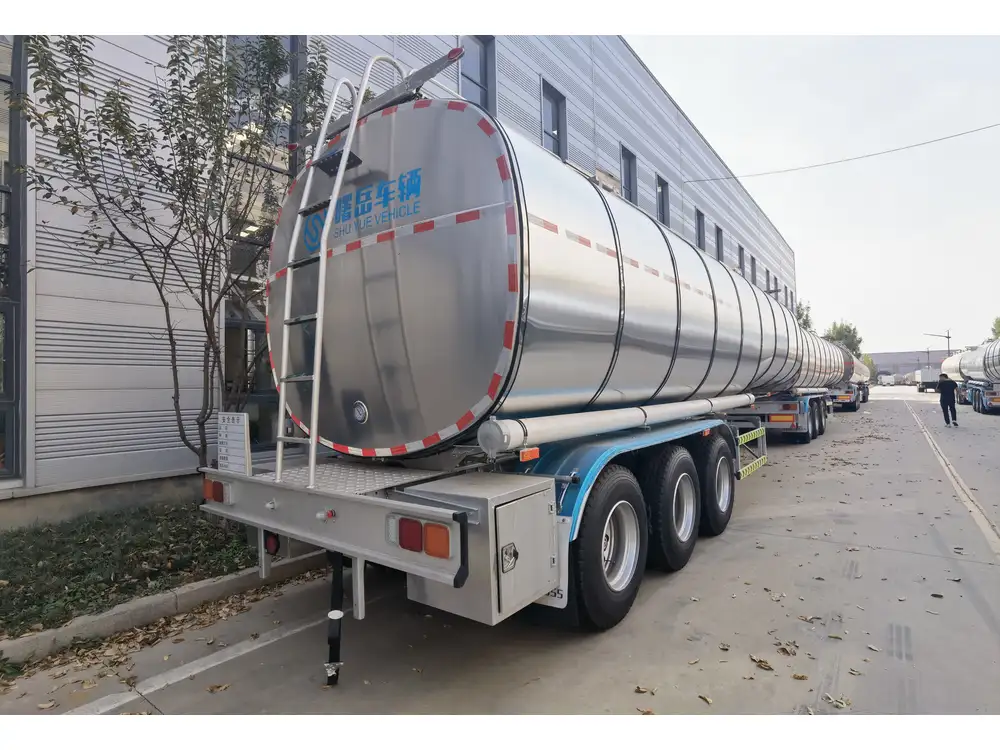
Common Air Brake Problems and Solutions
Understanding potential issues with air brakes can help in their effective maintenance:
Air Leaks
Symptoms
- Reduced air pressure on the gauge
- Sluggish response during braking

Solutions
- Inspect air lines and connections regularly.
- Repair or replace damaged hoses to prevent air leaks.
Brake Chamber Failure
Symptoms
- Ineffective braking or uneven braking pressure
- Audible hissing sounds when brakes are applied
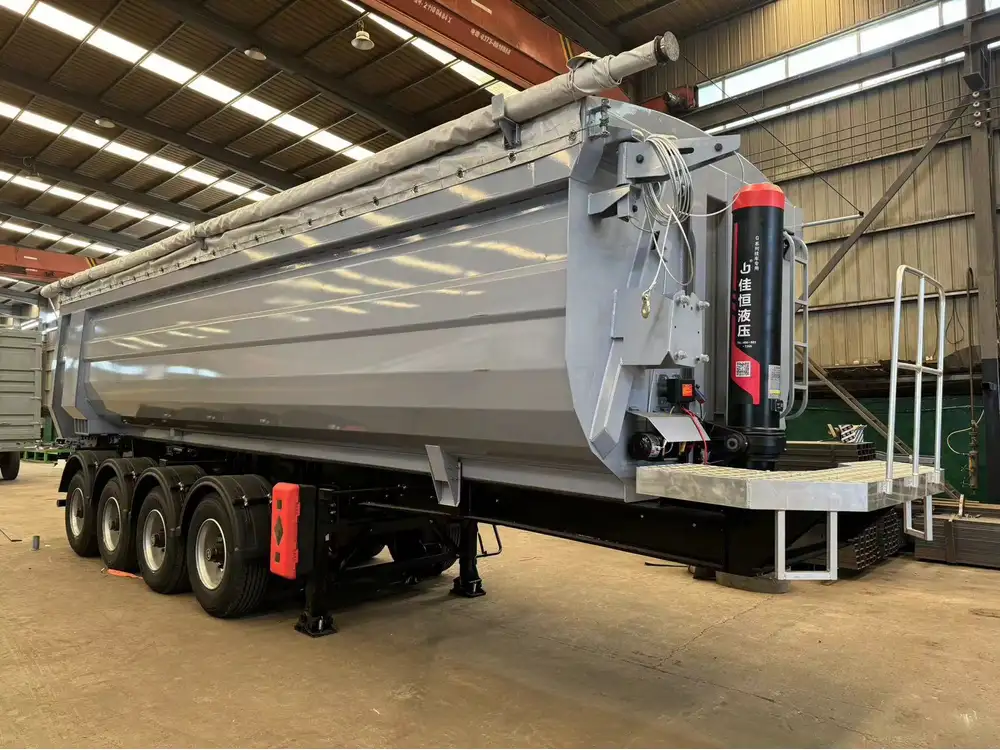
Solutions
- Regularly inspect brake chambers for cracks or corrosion.
- Replace faulty chambers to prevent brake failure.
Slack Adjuster Issues
Symptoms
- Brake shoes not engaging properly
- Increased stopping distances
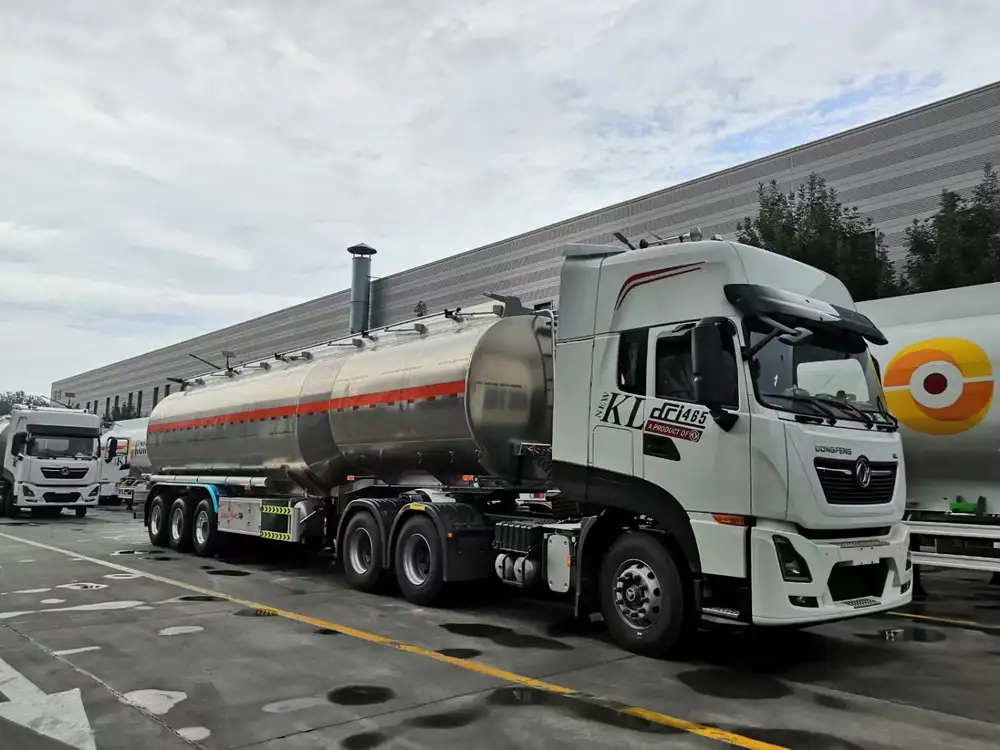
Solutions
- Regularly check slack adjuster for proper adjustment.
- Re-adjust or replace as necessary to maintain optimal function.
Maintenance Tips for Air Brake Systems
Maintaining an air brake system is crucial for longevity and performance.
Regular Inspections
Conducting regular inspections is essential. Look for wear on brake shoes, listen for air leaks, and ensure that the air reservoir holds pressure effectively.
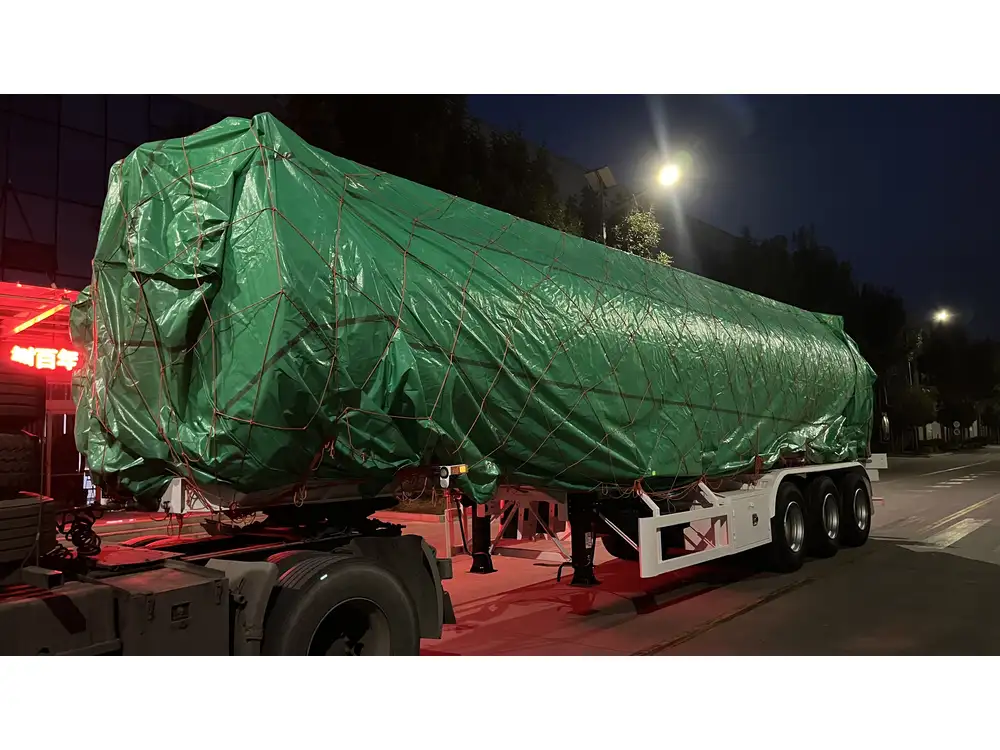
Pressure Checks
Utilize a gauge to routinely check the pressure levels in the air reservoir, ensuring they remain between the suitable 90-120 psi range.
Drain Air Tanks
Water accumulates in air tanks due to condensation. Regularly drain these tanks to prevent moisture from freezing in cold weather or causing corrosion.
Check for Contaminants
Use filters to keep contaminants out of the air system. Semitrailers often operate in a variety of environments, so ensuring clean air is essential for function.
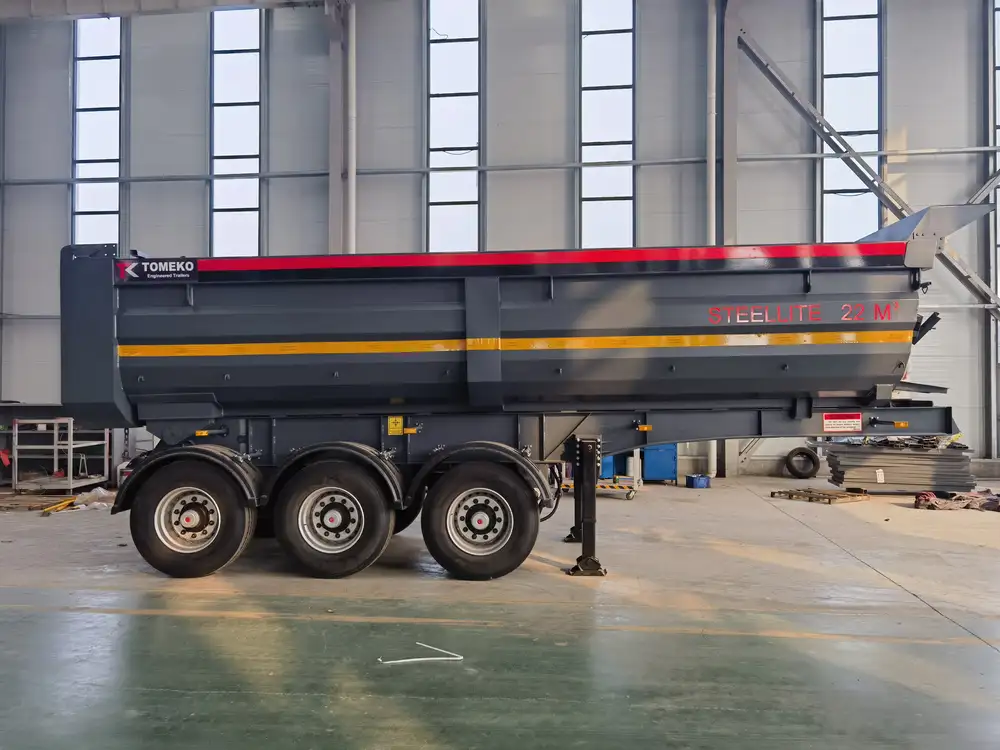
Conclusion
Understanding how air brakes work on semi-trailers is not only valuable for manufacturers but also for operators and drivers who rely on these systems for safe transportation. The mechanics behind air brakes reflect a sophisticated blend of engineering and safety measures designed for the demands of heavy-haul vehicles. By ensuring regular maintenance and addressing common issues, the effectiveness of air brakes can be preserved, contributing to the overall safety and efficiency of semi-trailer operations.
Final Thoughts
In a world reliant on transportation for commerce, grasping the nuances of air brake technology is pivotal. Semi-trailer manufacturers, operators, and drivers should prioritize ongoing education regarding these systems to ensure peak performance. With a better understanding of how air brakes work and their integral role in safety, all stakeholders can contribute to a safer transport environment on our roads.



